Last updated on August 14th, 2024 at 11:00 am
Don Quixote, written by Miguel de Cervantes, is one of the most influential works of literature ever penned.
Published in two parts in 1605 and 1615, this Spanish novel tells the story of Alonso Quixano, a nobleman who loses his sanity after reading too many chivalric romances.
Believing himself to be a knight-errant named Don Quixote de la Mancha, he sets out on a series of adventures to revive chivalry and right the world’s wrongs, accompanied by his loyal squire, Sancho Panza. The novel is celebrated for its rich characterization, its intricate interplay of reality and illusion, and its satirical examination of the noble ideals of chivalry.
Cervantes’ masterpiece is not only a cornerstone of Spanish literature but also a seminal work in the Western literary canon. Its themes of idealism versus realism, the nature of madness, and the power of literature and imagination continue to resonate with readers centuries after its publication. The character of Don Quixote, with his unwavering belief in the noble ideals of a bygone era, and Sancho Panza, with his earthy pragmatism, form one of literature’s most enduring and endearing duos. “Don Quixote” invites readers to ponder the thin line between dreams and delusions, making it a timeless exploration of the human condition.
Plot Summary of Don Quixote
A retired and impoverished gentleman named Alonzo Quixano lives in the Spanish province of La Mancha. He has read so many romances of chivalry that he decides one day to revive the ancient custom of knight-errantry. Changing his name to Don Quixote de la Mancha, he has himself dubbed a knight by a rascally publican whose miserable inn he mistakes for a castle.
For armour, he dons an old suit of mail that belonged to his great-grandfather. Then, upon a bony old nag, he calls Rosinante, he sets out on his first adventure. Not far from his village, he falls into the company of some travelling merchants who beat the mad old man severely when he challenges them.
Back home recovering, he is closely watched by his good neighbour, the village priest, and the barber. Hoping to cure him of his fancies, the curate and the barber burn his library of chivalric romances. Don Quixote, however, believes that his books have been carried off by a wizard. Undaunted, he sets out on the road again with an uncouth rustic named Sancho Panza as his squire, promising to make Sancho the governor of the first island he conquers. As the mistress to whom he will dedicate his deeds of valour, he chooses a buxom peasant wench famous for her skill in salting pork. He calls her Dulcinea del Toboso.
The knight and his squire have to sneak out of the village under cover of darkness, but in their own minds they present a brave appearance: the lean old man on his bony horse and his squat, black-browed servant on a small donkey, Dapple. The don carries his sword and lance, Sancho Panza a canvas wallet and a leather bottle.
Travelling together, Don Quixote and Sancho have many adventures. The knight challenges windmills and flocks of sheep, and faces other similar pretend dangers. The pair end up in Barcelona, after making the acquaintance of many people who tell interminable stories, being repeatedly hoodwinked and beaten, and behaving in a thoroughly embarrassing manner on their journey across Spain. Sancho does eventually rule an island, for a week, before he resigns.
After his last defeat, Don Quixote goes back home, determined next to follow a pastoral shepherd’s life. He quickly declines, and before he dies, he renounces the whole of knight-errantry as nonsense, not realizing that in his high-minded, noble-hearted nature he himself has been a great chivalrous gentleman.
Background
The novel is set in Spain, Cervantes’s homeland, through which he travelled during his youth and middle years. There are many autobiographical elements in Don Quixote. Cervantes clearly put his experiences as a student, as a captive of pirates, and also as a government purchasing agent to good use when composing the adventures of a poor and mad nobleman.
The novel provides a cross-section of Spanish life, thoughts, and feelings at the end of the chivalric age.
In fact, the whole fabric of 17th-century Spanish society is detailed with piercing yet sympathetic insight in a thousand pages of close-set type. Although Cervantes meant his novel to be a satire on the exaggerated chivalric romances of his time, it has been interpreted as an ironic story of an idealist frustrated and mocked in a materialistic world. It can also be seen as a veiled attack on the Catholic church and on contemporary Spanish politics.
The contrasting figures of Don Quixote and Sancho Panza, the visionary idealist and the practical realist, symbolize the duality of the Spanish character. With its variegated assortment of minor characters, shepherds, innkeepers, students, priests, and nobles, the novel also gives a panoramic view of 17th-century Spanish society.
The work has been appreciated as a satire on unrealistic extremism, an exposition of the tragedy of idealism in a corrupt world, and a plea for widespread reform. Set as a fictional satire, the novel was able to say many uncomfortable things about the real world with less offence than a manifesto. It presented to the world an unforgettable description of the transforming power of illusion and had an indelible effect on the development of the European novel.
About and characters
Among the innumerable characters in the novel, there are three who are most prominent: Don Quixote, Sancho Panza, and Dulcinea.
Alonso Quixano is a gaunt country gentleman, kindly and dignified. His mind is so crazed with reading romances of chivalry that he believes himself to be called upon to redress the wrongs of the whole world. Changing his name to Don Quixote de la Mancha, he is knighted by an innkeeper whose miserable hostelry he mistakes for a castle. As his lady love, he chooses (without telling her) the peasant girl Aldonza Lorenzo, whom he names Dulcinea del Toboso. At first his madness is almost entirely internal, but that soon changes.
Don Quixote sallies forth into the world, but after several mishaps, he returns to his home. Undaunted, he asks Sancho Panza, an ignorant rustic, to be his squire and promises to reward him with the governorship of the first island they conquer. Riding Rosinante, a nag as bony as himself, Don Quixote sets out a second time, accompanied by Sancho on his donkey, Dapple.
During his travels, Don Quixote’s overexcited imagination blinds him to reality: to his mind, windmills are giants, flocks of sheep are armies, and galley slaves are oppressed gentlemen. Sancho is not subject to the same follies as his master; but as a servant subject to a madman, he suffers the consequences of the Don’s madness and, wilfully simple, does not use his own sense enough to compensate. It is almost as if this life following the whims of a madman is not so much different from his role as a peasant, subject to the will of a landowner.
Towards the end of the novel, Sancho is named governor of the isle of Barataria, a mock title given to him by some noblemen whose only aim is to make sport of the squire and his master. He governs well for a week before abdicating as invaders approach. It is a vindication for Sancho, who is proved by the week’s events and the abdication to be not entirely simple after all.
As for the Don, after being bested in a duel with the Knight of the White Moon, in reality a student of his acquaintance in disguise, Don Quixote, tired and disillusioned, returns to La Mancha and, shortly before his death, renounces all books of knight-errantry. In the end, he has been beaten by his own delusion.
Quixote had intended to retire to a pastoral setting, to give “full scope to his amorous sentiments”. These have been directed throughout the novel to a woman he hardly knows, Aldonza Lorenzo, daughter of Lorenzo Corcuelo.
She is just a country wench, but Quixote has adorned her with the name Lady Dulcinea del Toboso and also with a beauty she has never possessed. “I am enamoured,” he tells Sancho early in Book One of the novel, “for no other reason but because it is necessary that knights-errant should be in love.” On one level he knows her to be what she is, and yet “I paint her in my fancy, according to my wish.” All his exploits are committed in her name, though she neither knows nor cares.
“I know her very well,” replies Sancho to his master’s statement.
And I dare say that she can throw an iron bar as well as any the strongest lad in our parish. I vow, by the giver, ’tis a wench of the mark, tall and stout, and so sturdy withal, that she will bring her chin out of the mire, in despite of any knight-errant, or that shall err, him that shall honour her as his lady. Out upon her! What a strength and voice she hath! …And the very best that is in her is that she is nothing coy; for she hath a very great smack of courtship, and plays with everyone, and gibes and jests at them all.
This is one woman who exists independently of the illusions a man may or may not hold about her.
The fulsome language used here to describe Aldonza/Dulcinea is employed time and again throughout the novel, as new characters are introduced and their own stories told, whether priest or captive. In Don Quixote Cervantes claims to have set out to destroy the books of chivalry. Yet readers may wonder whether his novel is in fact one more book of chivalry.
If you look for chivalric scenarios in everyday life, like Quixote, says critic David Quint in The Modern Language Quarterly, you will find not a castle but an inn, not a princess but the innkeeper’s daughter, not a king or chatelaine but an innkeeper, who will demand to be paid.
This novel juxtaposes three levels of narrative realism: the unreal, conventional fantasy of the chivalric romances; the captive’s true adventure story that is touched by the miraculous, but nonetheless flesh and blood; and the portrait of rural Spain, the impoverished world of road and inn that Part I of Don Quixote takes place in and that the narrator presents in the new naturalistic style of the novel.
The realism of the world of the inn—that is, the novelistic world—encroaches on the other levels as well, through money. In different ways both don and squire regard free hospitality as due recompense for their knightly calling. However, Quixote could not leave the inn if Fernando and the curate did not pay his bills. Money—particularly the money required in exchange for hospitality—measures the distance between the heroic, aristocratic world of Quixote’s fantasy and the modern, material world through which he moves in the novel.
Buying your way out of captivity is hardly heroic; it is akin to settling your bill before you are allowed to leave an inn. There is implicit here a retrospective critique of Spain’s crusading mission during her great century, when spiritual goals might too easily yield to material ones and human lives and freedom be exchanged for money. Cervantes, five years a captive in Algiers before being ransomed at a cost that beggared him and his family, knew this all too well.
Quint suggests that Cervantes owed much to the Italian poet Ludovico Ariosto. He derived from Ariosto’s Orlando Furioso both the narrative technique of interlacing, which weaves together multiple storylines, and the Italian poet’s particular use of it to juxtapose and intermingle hitherto distinct narrative genres.
Cervantes’s debt to Ariosto goes beyond his occasional imitation of episodes from the Furioso. According to Quint, Cervantes learned from Ariosto how to juxtapose apparently different stories that turn out to be so many variants of a single plot. Indeed, Cervantes makes the reader begin to feel that there are really only two stories in literature: that of the worldly career and that of idolatrous male jealousy, both having something to do with marriage. When Cervantes interlaces that other universal solvent of genres—prose—the novel is born.
Don Quixote has been subject to Marxist analysis and to psychoanalysis, among many other interpretations. The linguist Elizabeth A. Spiller writes in the Modern Language Quarterly,
If Don Quijote as a whole narrates the literary-historical transformation of the romance into the novel, the Sierra Morena episode extends this analysis to the larger question of how reading practices changed during the early modern period. In this episode each character—from Gardenio to the illiterate Sancho—becomes in some sense a reader of romance. In the succession of their readings, Cervantes encapsulates a literary history of how romance reading changed during the previous hundred years.
Another issue raised on the symbolic level involves the possible immorality of reading “too many” books. This may be a veiled protest against the Index of Prohibited Books of the Catholic Church. The literal lesson emphasizes the corruptive power of books (and, therefore, education); however, the symbolic implication—given Cervantes’s sympathetic treatment of Don Quixote—is that books and education are liberating influences on the human psyche. The novel may be a parody of the Church’s monopoly of literary matters in the Middle Ages, with the uninhibited don a reproach to the insensitive, book-burning priest.
Don Quixote becomes a tragic figure towards the end of the novel, but not for the failure of his philosophy; rather, it is society’s failure to accommodate a deviation from the norm. Cervantes did not make the Don contemptible nor did he treat him with contempt. Although the Don strives to push time back, his efforts are depicted as noble. Cervantes evokes popular sympathy for an underdog who defies all odds and is broken in the attempt.
Literary Style
The first part of Don Quixote, which may have been conceived while Cervantes was in prison, was first printed in 1605 in Madrid by Juan de la Cuesta. In 1614 a bogus second part was published by an unknown author who used the pseudonym Alonso Fernandez de Avellaneda. This act of plagiarism, though not an unusual practice at the time, spurred on Cervantes to complete his own sequel, which appeared the following year and is widely considered to be superior to the first part.
The unabridged Don Quixote is over a thousand pages.
The book was probably never intended to be read in the modern manner. The reader would be wise to read an adaptation or an abridged version before tackling this massive tome. In his essay on Don Quixote, republished in The War Against Cliché (2001), Martin Amis suggests that group or family recitations of a chapter a night were, in all likelihood, the most that Cervantes expected. His epic is epic in length only, according to Amis; it has no momentum, no pace, no drive. Like an anthology, it simply accrues.
Amis acknowledges that the book abounds in charm and sublime comedy; but argues that it is also, for long stretches, inhumanly dull. In contrast, many other critics have said that Don Quixote is the finest novel ever written, that it is beyond comparison.
The author took a decade to recover from the first part of Don Quixote before completing and publishing the second, Amis observes.
Since throughout the novel Cervantes constantly uses the technique of saying everything (at least) twice, it is appropriate that the second half should be a mirror image of the first—with one important reversal.
Both in the real world and in the novel, Part I has been published, to international acclaim. The knight has not read the novel and awaits news of its reception with suitable diffidence. His adventure has been criticized—the digressions, the “inadvertencies” (whereby, for instance, Senora Panza is given three different Christian names), the remorselessness of “those infinite drubbings”—but the Don is now famous, for all the wrong reasons. “Sallying out once again with his squire, he is universally humoured and hoaxed by a colluding reality,” Amis concludes:
His baseless imaginings of Volume I are, through a series of elaborate deceptions (often as cruel and gratuitous as the beatings the Don earlier dispensed), given sham life in the observable world. Don Quixote was driven mad by books; now he enters a reality driven mad by Don Quixote.
Cervantes’s avowed purpose was to ridicule the books of chivalry that were popular even in his day, but he soars beyond this satirical purpose in his wealth of fancy and in his irrepressible high spirits as he pokes fun at social and literary conventions of his day.
Declaring his expertise in knight-errantry, Don Quixote asserts that “My absolute faith in the details of their histories and my knowledge of their features, their complexions and their deeds and their characters enable me by sound philosophy to deduce their features, their complexions, and their statures.” This declaration affords a key to understanding the novel, for it demonstrates both its literal and symbolic levels—and the distinction between those levels is crucial. The literal level is superficial; it reveals the obvious.
The symbolic level deals, as all good literature must, with principles. Don Quixote’s declaration must be considered on both levels, and in context, lends insight into the novel as a whole.
On the literal level, the inventory of the Don’s library, made just before the books were burned, reveals the extent of his collection. Later, there is evidence, in a very lucid and pragmatic statement for a presumably insane old man, of Don Quixote having read Machiavelli, followed by the Don’s citation of the misfortunes that befell his hero, Amadis of Gaul. Yet, on the literal level, Don Quixote’s mastery of chivalric lore seems to serve only as a rationalization of his ill-luck.
On the symbolic level, more questions are raised than answered. Quixote claims to have reached a “sound philosophy”.
However, the question arises, is reliance on reading alone—as he has done—a valid basis for understanding reality, as the Don avers? In lieu of a clear-cut answer, Cervantes offers a paradox. Early in the text, the Squire has never read any histories because he is illiterate; but later, trying to divert the Don’s attention with a story, Sancho, under questioning, admits that although he had not seen the person in question, “the man who told me this story said it was so true and authentic. …I could swear on my oath that I had seen it all.”
The matters of verisimilitude and credibility are not really resolved in the novel. Consequently, these issues generate further questions about the distinctions between reality and fantasy. Sancho represents empirical, commonsensical reality; the Don stands for whimsy and unfettered imagination. Whose view of the world is more accurate? Cervantes is ambiguous, at best, about the answer.
About Cervantes
Miguel de Cervantes Saavedra, the Spanish novelist, dramatist, and poet, is regarded as one of the great satirists of the Renaissance period.
He was born in Alcalá de Henares, near Madrid, in 1547. Little is known of his youth or education except that in 1568 Cervantes was a student of the humanist Juan Lopez de Hoyos, who edited an elegiac volume on the death of Queen Elizabeth of Valois, to which Cervantes contributed some verses. Possibly fleeing arrest, Cervantes went to Naples and then Rome in 1569; there in the service of Cardinal Giulio Acquaviva, he studied Italian literature and philosophy, which were later to influence his work.
In 1570 he enlisted in the army and fought in the naval battle of Lepanto (1571), in which he acquitted himself with distinction, receiving a wound that permanently crippled his left arm. He was extremely proud of his role in the famous victory and of the nickname he had earned, El manco de Lepanto (“the one-handed man of Lepanto”). As Cervantes was returning to Spain with his brother on the galley El Sol in 1575, the ship was captured by Barbary pirates, and the two brothers were taken to Algiers as slaves. Miguel remained in captivity for five years, eventually becoming the property of the viceroy of Algiers.
After many romantic, if futile, efforts to escape, he was ransomed for 500 ducats by the Trinitarian friars in 1580, a cost that brought financial ruin to Cervantes and his family.
Having returned to Spain, Cervantes married Catalina de Salazar y Palacios in 1584, fathered an illegitimate daughter, and in 1587 secured employment as a purchasing agent for the navy in Seville until 1597. In this capacity, he travelled throughout the country, often becoming involved in disputes with communities reluctant to part with their crops; on one occasion, he was excommunicated for seizing grain that belonged to the church. His unbusinesslike methods resulted in deficits, and twice he was imprisoned for debt.
Cervantes’s literary reputation rests almost entirely on his novel Don Quixote and on his 12 short stories known as the Novelas ejemplares (1613, Exemplary Novels). His literary production, however, was considerable. His first published work was an effusive pastoral romance in prose and verse, La Galatea, published in 1585. Between 1582 and 1587, he wrote more than 20 plays, only 2 of which survive.
In 1605 Cervantes and his family, who were then living in Valladolid, were accused of complicity in the death of a young nobleman. They were later absolved, but the records of the case give evidence of the poverty and wretchedness of Cervantes’s mode of existence at the time. His position improved considerably, however, after the publication of the first part of Don Quixote (El ingenioso hidalgo Don Quixote de La Mancha; The ingenious Hidalgo Don Quixote of La Mancha) in the same year, when he was 58. Although Cervantes’s previous literary efforts had met with little success, this book immediately caught the fancy of the reading public.
Having moved to Madrid, he devoted his last years to writing. Cervantes did not enjoy financial security until he became the protégé of the Count of Lemos in 1613. A spurious Part II for Don Quixote appeared in 1614, probably encouraging Cervantes to complete the second volume which appeared in 1615.
In his later years, Cervantes wrote other works of fiction, including Novelas ejemplares, 12 original tales of human passions drawn from his own experience.
It should be noted that various translators, including Samuel Putman (in 1949) and J. M. Cohen (in 1950), use the English letters “x” or “j” according to different conventions, when translating the Spanish consonant pronounced as an unaspirated “h”. Accordingly, the title of Cervantes’s most famous work is variously spelt in English Don Quixote or Don Quijote, and either way is pronounced “Don Kee-ho-tay”.
Aside from his plays, Cervantes’s most ambitious work in verse is the Viaje del Parnaso (1614; Voyage to Parnassus), an allegory that consists largely of a review of contemporary poets. Persiles y Sigismunda (1617) is a verse romance, notable for the fantastic geography of its early scenes and the incredible adventures of its characters, and its polished style.
The Persiles is particularly remembered for its dedication and prologue. Addressed to the Count of Lemos, the dedication was signed on April 19, 1616, just four days before Cervantes’s death. Quoting an old ballad, Puesto ya el pie en el estribo (“one foot already in the stirrup”), Cervantes took leave of his patron and of the world with the same gallantry and grace that characterized both his life and his work.
20 best quotes from Don Quixote
To dream the impossible dream, that is my quest.”
“When life itself seems lunatic, who knows where madness lies? Perhaps to be too practical is madness. To surrender dreams — this may be madness. Too much sanity may be madness — and maddest of all: to see life as it is, and not as it should be!”
“Finally, from so little sleeping and so much reading, his brain dried up and he went completely out of his mind.”
“For neither good nor evil can last forever; and so it follows that as evil has lasted a long time, good must now be close at hand.”
“Hunger is the best sauce in the world.”
“Virtue is persecuted by the wicked more than it is loved by the good.”
“Wit and humor do not reside in slow minds.”
“There is no book so bad…that it does not have something good in it.”
“A tooth is much more to be prized than a diamond.”
“The truth may be stretched thin, but it never breaks, and it always surfaces above lies, as oil floats on water.”
“There is a remedy for everything except death.”
“Destiny guides our fortunes more favourably than we could have expected.”
“Revels, feasting, and repose were invented by effeminate courtiers; but, toil, anxiety, and arms are peculiar to those whom the world calls knights-errant.”
“The poor gentleman lost his senses, in poring over, and attempting to discover the meaning of these and other such rhapsodies, which Aristotle himself would not be able to unravel, were he to rise from the dead for that purpose only.”
“Do you see over yonder, friend Sancho, thirty or forty hulking giants? I intend to do battle with them and slay them.”
“Having cleaned his armor and made a full helmet out of a simple headpiece, and having given a name to his horse and decided on one for himself, he realized that the only thing left for him to do was to find a lady to love; for the knight errant without a lady-love was a tree without leaves or fruit, a body without a soul.”
“Too much sanity may be madness — and maddest of all: to see life as it is, and not as it should be!”
“The most perceptive character in a play is the fool, because the man who wishes to seem simple cannot possibly be a simpleton.”
“Where there’s music there can be no evil.”
“One man scorned and covered with scars still strove with his last ounce of courage to reach the unreachable stars; and the world will be better for this.”
Conclusion
Don Quixote by Miguel de Cervantes is considered the greatest work of Western literature for several reasons, chief among them its profound exploration of human nature and the art of storytelling.
The novel delves into the complexities of idealism and reality, epitomized by the protagonist Don Quixote, whose quixotic pursuits and delusions highlight the tension between noble aspirations and the often harsh truths of life. This interplay between reality and illusion resonates deeply with readers, offering insights into the human condition that remain relevant across centuries.
Cervantes’ ability to blend humor with poignant reflections on society, love, and personal identity showcases his mastery in creating a multifaceted narrative that is as entertaining as it is intellectually stimulating.
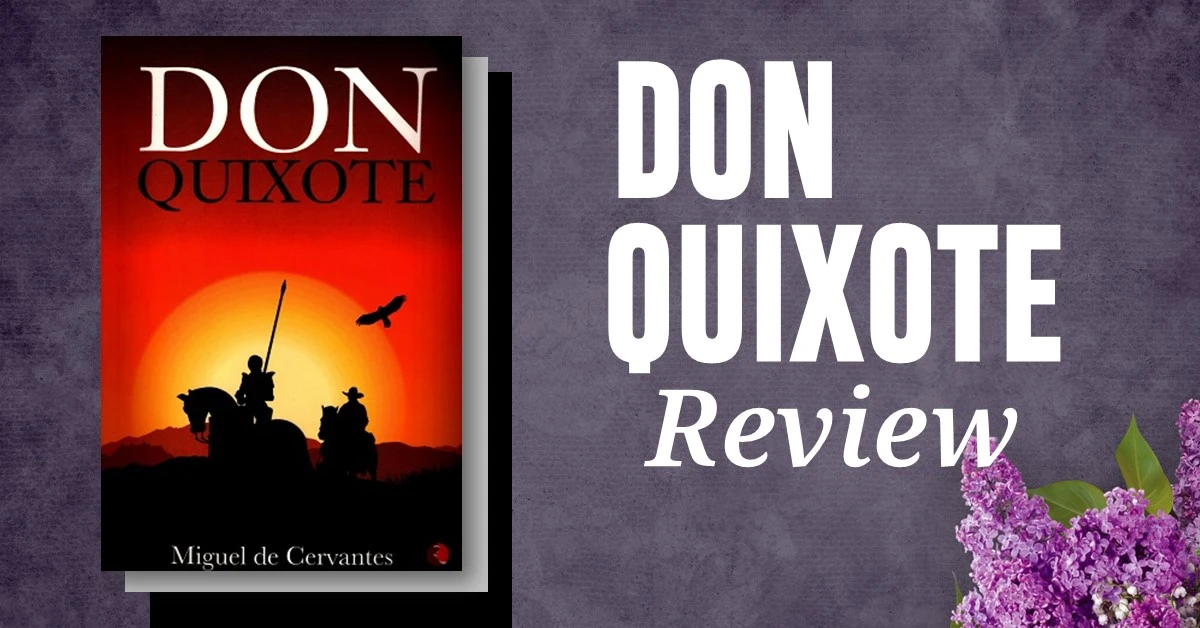
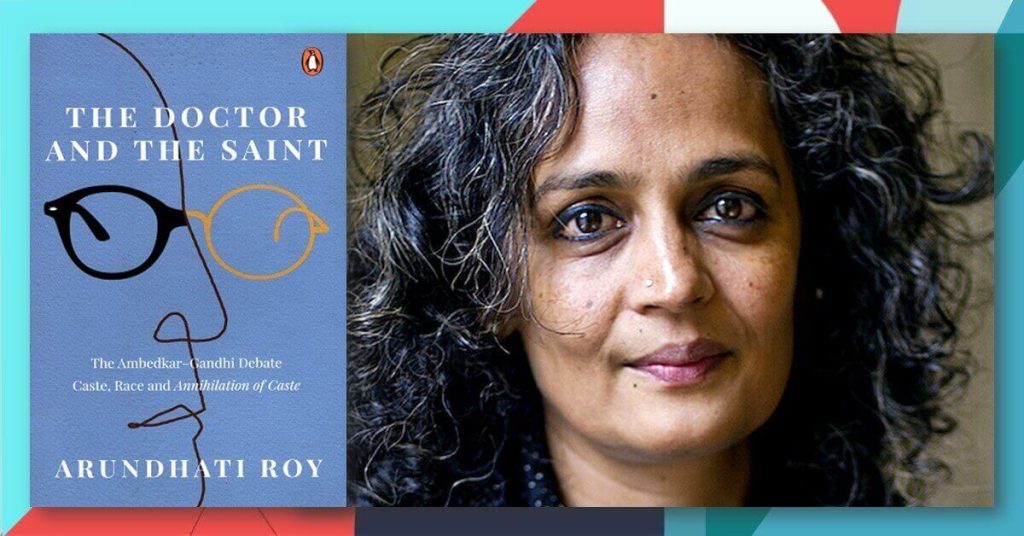

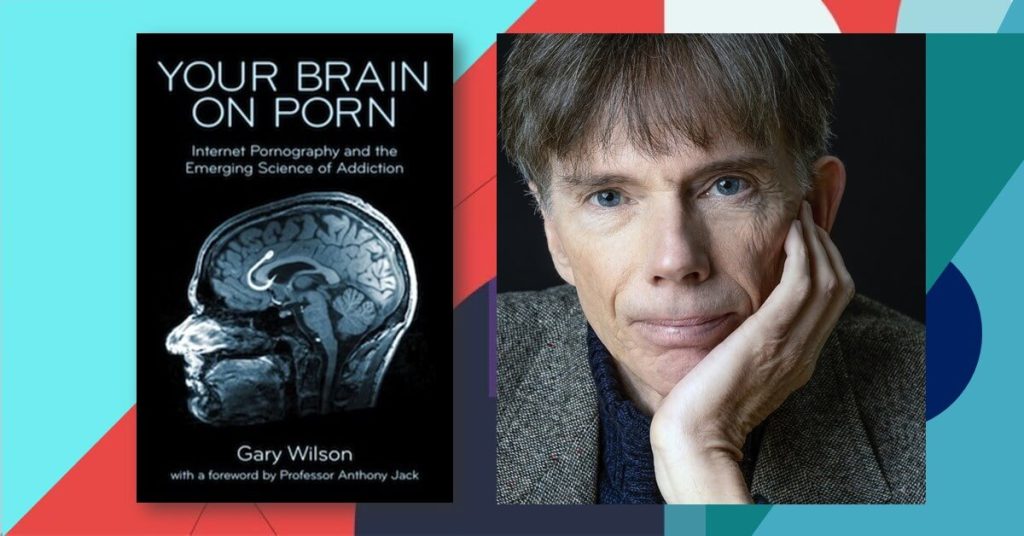
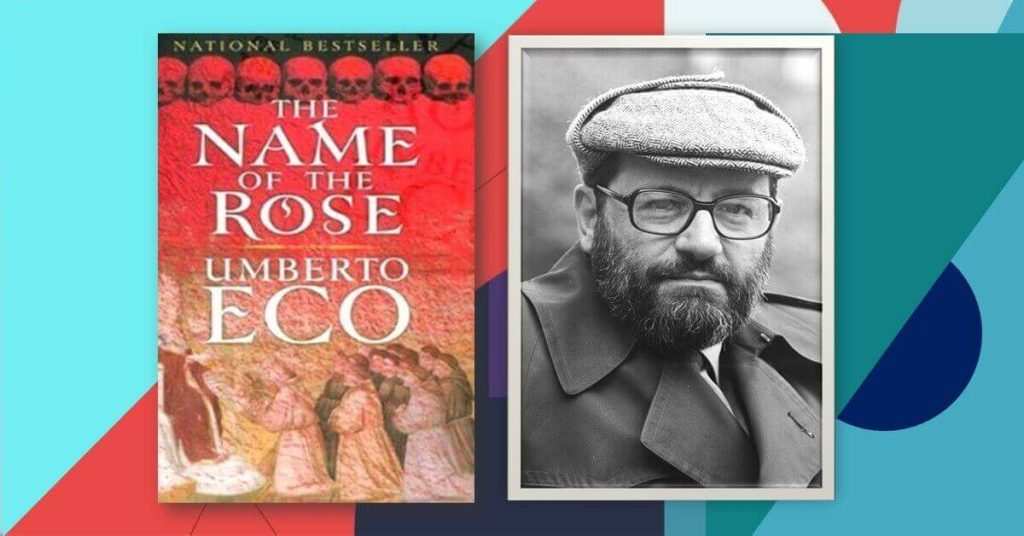
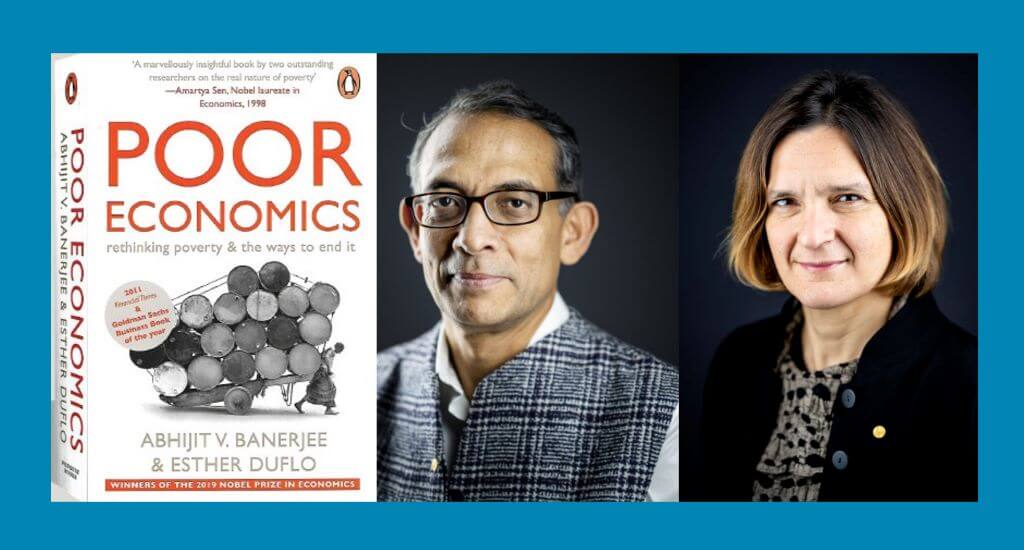

Pingback: Exploring Dostoyevsky’s Philosophy in Crime and Punishment | InquiryAll